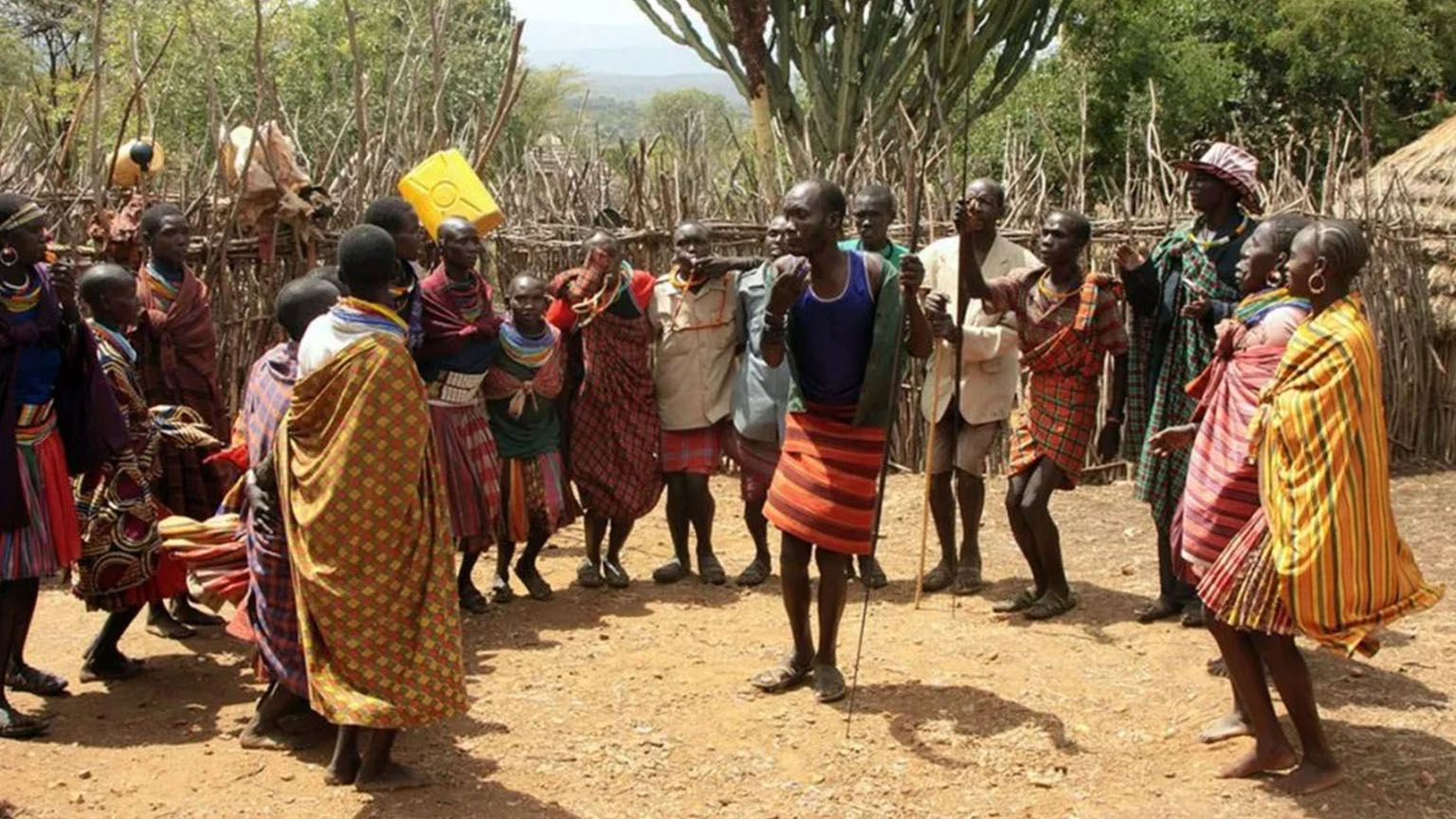The Nilo-Hamites are a linguistic and cultural group that lives in several parts of East Africa, including Uganda. They are thought to be descendants of the ancient Hamitic people who moved south from the Nile Valley. The Nilo-Hamites are recognized for their pastoralist lifestyle, in which cattle rearing is an important aspect of their economic and social structure
In Uganda, there are multiple Nilo-Hamite tribes, each with their traditions and customs. The Karamojong, Iteso, and Karimojong are among Uganda’s most significant Nilo-Hamite tribes. These tribes have distinctive cultural practices, languages, and belief systems that set them apart from other ethnic groups in the region.
Which Language do the Nilo-Hermite Speak?
The Nilo-Hamite tribes of Uganda speak a variety of Nilo-Saharan languages. For example, the Karamojong people speak a language called “Karamojong,” whereas the Iteso people speak “Ateso.” These languages are an essential aspect of Nilo-Hamite cultural identity and play an important role in preserving their history.

The Nilo-Hamites have a diverse set of cultural customs that have been passed down through generations. One distinguishing feature of their culture is their beautiful beading, which is frequently used to embellish clothing and jewellery. Furthermore, animals are highly valued in their community, with rites and ceremonies centered on cattle husbandry.
The Nilo-Hamites contributed significantly to Uganda’s history and culture. Their determination to maintain their traditional way of life in the face of progress has added to the country’s cultural variety. In addition, their understanding of cattle breeding and agriculture has had a long-term impact on Uganda’s economy.
The Nilo-Hamites, like many other indigenous people worldwide, have encountered hardships as a result of modernity and external pressures. The shift to established agriculture, as well as changes in land use, have threatened their traditional pastoralist lifestyle. Furthermore, social and economic changes have influenced cultural practices and belief systems.
Several groups and efforts in Uganda are attempting to preserve the Nilo-Hamites’ heritage. Efforts include documenting traditional knowledge, establishing cultural exchange programs, and fighting for indigenous rights recognition. These initiatives are critical to ensure that the Nilo-Hamites’ unique cultural history is preserved for future generations.
The Nilo-Hamites in Uganda are a dynamic and resilient group with a rich cultural legacy. Exploring their traditions, dialects, and historical significance provides significant insights into Uganda’s varied social fabric. As we look to the future, we must support efforts to conserve and appreciate the Nilo-Hamites’ distinctive contributions to Uganda’s cultural heritage.
